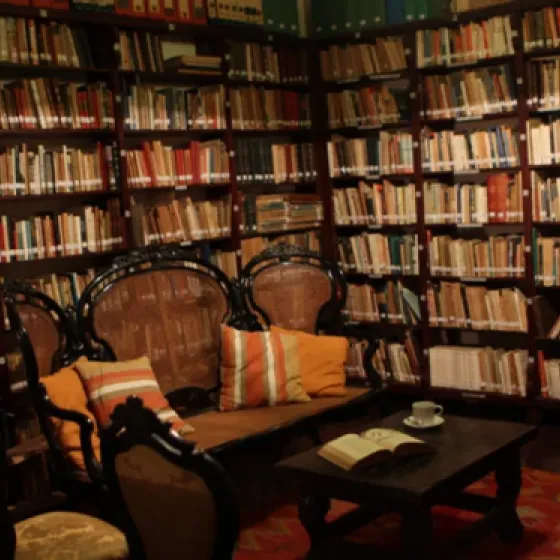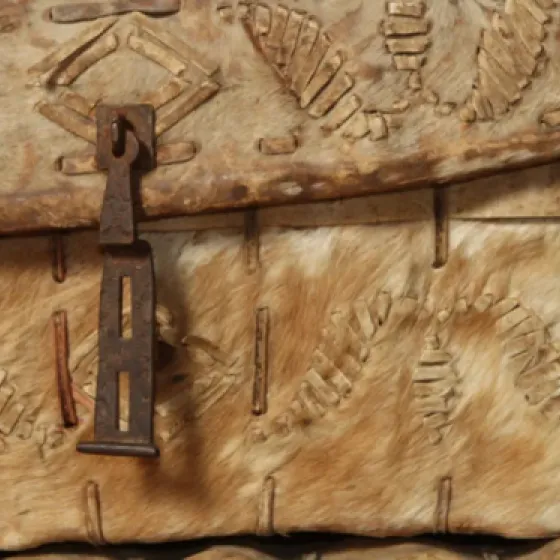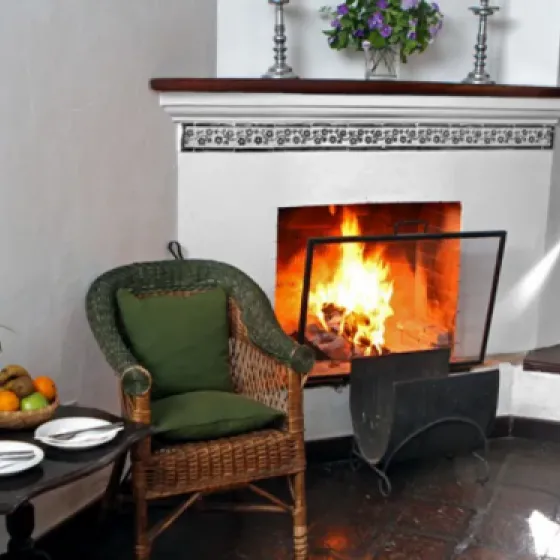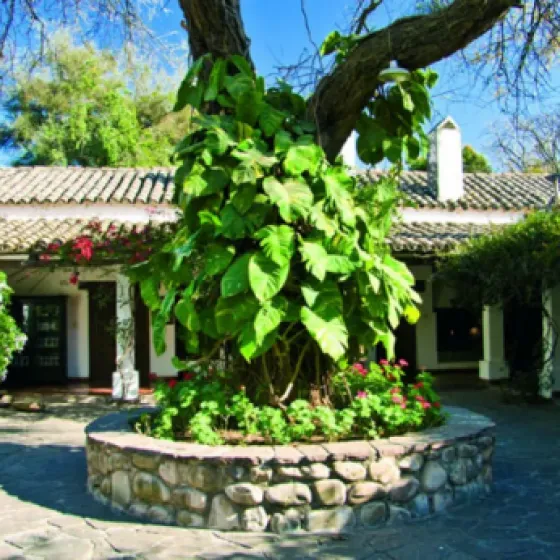The origins of the ownership of these lands can be traced back to the year 1609.
Almost thirty years after the founding of the city of Salta, there is a document with that date where Juan Vázquez de Tapia appears as the first owner.
The estate he founded was called Las Lanzas, a name derived from a local tree used to build wagon axles. Since then, through sales and inheritances, these lands have passed through the hands of many owners, including several ancestors of Darío Felipe Arias Cornejo.
In the mid-18th century, Juan Adrián Fernández Cornejo, a militia colonel born in Lucumba, Peru, had arrived in Salta with the mission of expelling the Jesuits and became the beneficiary of a large royal grant located in this region, which he named Hacienda de Campo Santo.
In 1760, Juan Adrián Fernández Cornejo began the first sugarcane plantations in the region, and shortly afterward, he opened a sugar mill that outlined the future of Salta's sugar industry and later confirmed it with the founding of the San Isidro Sugar Mill in Campo Santo, the oldest in the country.
The Fernández Cornejo estate, whose purchase date is dated 1774, consisted of three sections, one of which was called El Bordo. In this region, "bordos" are the lands along waterways, that is, riverbanks, which typically have very fertile soils suitable for agriculture.
After Juan Adrián Fernández Cornejo's death, this estate was awarded to his daughter María Ignacia Cornejo, wife of Lorenzo de Goyechea, and perhaps because of him, the property took the name San Lorenzo de las Lanzas.
Years later, the estate passed into the hands of one of their daughters, Gabriela Goyechea Cornejo de Figueroa, who later sold it to a relative named Magdalena Goyechea de Güemes, mother of General Martín Miguel de Güemes, the greatest hero of Salta and, along with San Martín, Belgrano, and Pueyrredón, one of the most distinguished heroes of the independence.
Doña Magdalena was the owner of this large estate at the same time that her son Martín Miguel provided military training on these lands to the gauchos who followed him and with whom he would form his army; in his honor, this department of the province now bears his name.
Don Darío's grandfather, named Darío Arias Velásquez—a descendant of Hernando Arias Velasquez, encomendero, corregidor, and field master—was married to Serafina Figueroa Figueroa, daughter of Miguel Antonio Figueroa, who had purchased the lands of El Bordo from the Güemes family in 1846. The Figueroas increased their fortune through the mule trade to Upper Peru.
At the beginning of the 20th century, a portion of the estate was sold to Olivier de Maglaive, a French Algerian who had to leave Argentina to participate in World War I. In 1958, Dr. Dario Felipe Arias repurchased that portion of the estate to join it with the other neighboring fields, which still belong to the family.
With the collaboration of architects Javier Cruz and Ana María Iturrieta, and engineer Guillermo Solá Figueroa, Don Darío and his wife, Graziela Iturrieta, carried out an impeccable restoration project. From the historical and architectural data collected, it is clear that this hall was built more than two hundred years ago.* Source: Yuyú Guzmán





